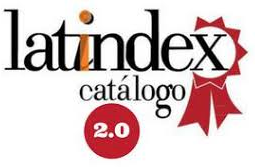Strengths And Challenges In Station Rotation Gamification
DOI:
https://doi.org/10.47750/jett.2023.14.05.046Keywords:
gamification, station rotation, advantages, challenges, and higher educationAbstract
Gamification is a pedagogical strategy for improving the learning environment for students. It has been positioned as a remedy for issues with student engagement, learning, and retention that are prevalent in higher education.Although students are only considered to be the consumers of gamification, current implementations of gamification in education place a greater emphasis on the function of game aspects in promoting lower-order learning goals like understanding and remembering. One of the problems with current gamification is the unstructured approach used in game design elements that lead to ineffective outcomes(Sailer, Hense, Mayr, & Mandl, 2017). To overcome the problem, researchers have introduced an innovative approach gamification technique called Station Rotation Gamification (SRG) that has been implemented in 10 weeks of learning in one of the public colleges in Malaysia.Therefore, the purpose of this study is to explore the strengths and challenges of implementing Station Rotation Gamification (SRG). Ten students and two lecturers participated in the semi-structured interview for the study. Surveys on strengths and challenges were also quantitatively administered to the 35 students to support the findings. The interview's findings are categorised into themes and subthemes. The students' challenges in implementingStation Rotation Gamification (SRG) at a public college included increased participation, struggling in finding the answer, longer periods, demonstrating enthusiasm, and completing assignments on time. Moreover, the strengths under the theme of students' motivation are looking excited, consistent effort, eagerness to learn more, and self-regulation.These strengths and challenges were revealed through data analysis using opencoding, axial coding, and selective coding. Quantitative data are assessed and displayed in a table and graph.








